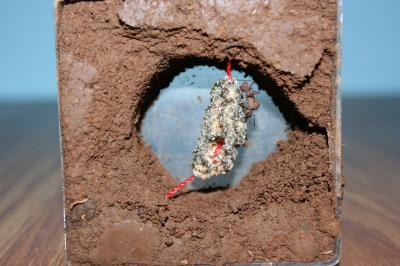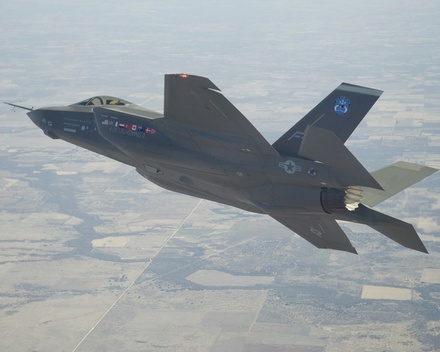"We were on a break," is just an excuse likely to get you yelled at today but a new study at the Smithsonian Tropical Research Institute in Gamboa, Panama says there may be some long-term value in it - at least if you are an ant.
Fungus-farming ants have cultivated the same fungal crops for 50 million years, they say. Each young ant queen carries a bit of fungus garden with her when she flies away to mate and establish a new nest. Short breaks in the ants' relationship with the fungus during nest establishment may contribute to the stability of this long-term mutualism.
African-Americans are significantly more likely to be sanctioned by the United States welfare system than Caucasians, according to research published in the June issue of the American Sociological Review, but is there bias? Welfare sanctions in response to rules violations should be applied, in both law and principle, according to behavior and not characteristics like race, yet Sanford F. Schram, a professor of social theory and policy at Bryn Mawr College's Graduate School of Social Work and Social Research, says that is exactly what happens.
"This study provides powerful evidence that race and stereotype-consistent traits interact to shape the allocation of punishment at the frontlines of welfare reform," according to Schram.
The terms 'athlete' and 'jock' are sometimes used interchangeably - especially be people who dislike athletes. And it's usually negative. Due to that, only 18 percent of students in a recent study strongly identified with the identity of "jock," while 55 percent strongly identified with the identity of "athlete." Students were twice as likely to reject the jock label.
A University of Leicester student will be presenting his discovery of 425 million year-old fossils found in rocks from the Silurian period of geological time in Herefordshire. The fossils represent a great range of animal groups and their study has tremendously increased knowledge of the evolution of life.
David Riley’s research represents the first major attempt by scientists to understand the preservation pathway giving us a rare ‘window’ into a Silurian sea floor environment.
Penguin poo (guano) stains, visible from space, have helped British scientists locate emperor penguin breeding colonies in Antarctica. Knowing their location provides a baseline for monitoring their response to environmental change. In a new study published this week in the journal Global Ecology and Biogeography, scientists from British Antarctic Survey (BAS) describe how they used satellite images to survey the sea-ice around 90% of Antarctica's coast to search for emperor penguin colonies. The survey identified a total of 38. Ten of those were new.
Of the previously known colonies six had re-located and six were not found.
A new, international study found that the combination of two drugs delays disease progression for patients with advanced non-small cell lung cancer (NSCLC). Results from the Phase III “ATLAS” trial were presented today by Dr. Vincent Miller of Memorial Sloan-Kettering Cancer Center (MSKCC) at the American Society of Clinical Oncology Annual Meeting.
According to the National Cancer Institute, in 2008 the estimated number of new lung cancer cases (non-small cell and small cell combined) was 215,000 and the number of deaths was 161,840. Non-small cell lung cancer is the most common among all lung cancers and is usually associated with a history of tobacco use.
 The Scorched Cherry Twig And Other Christmas Miracles Get A Science Look
The Scorched Cherry Twig And Other Christmas Miracles Get A Science Look $0.50 Pantoprazole For Stomach Bleeding In ICU Patients Could Save Families Thousands Of Dollars
$0.50 Pantoprazole For Stomach Bleeding In ICU Patients Could Save Families Thousands Of Dollars Metformin Diabetes Drug Used Off-Label Also Reduces Irregular Heartbeats
Metformin Diabetes Drug Used Off-Label Also Reduces Irregular Heartbeats  Your Predator: Badlands Future - Optical Camouflage, Now Made By Bacteria
Your Predator: Badlands Future - Optical Camouflage, Now Made By Bacteria









